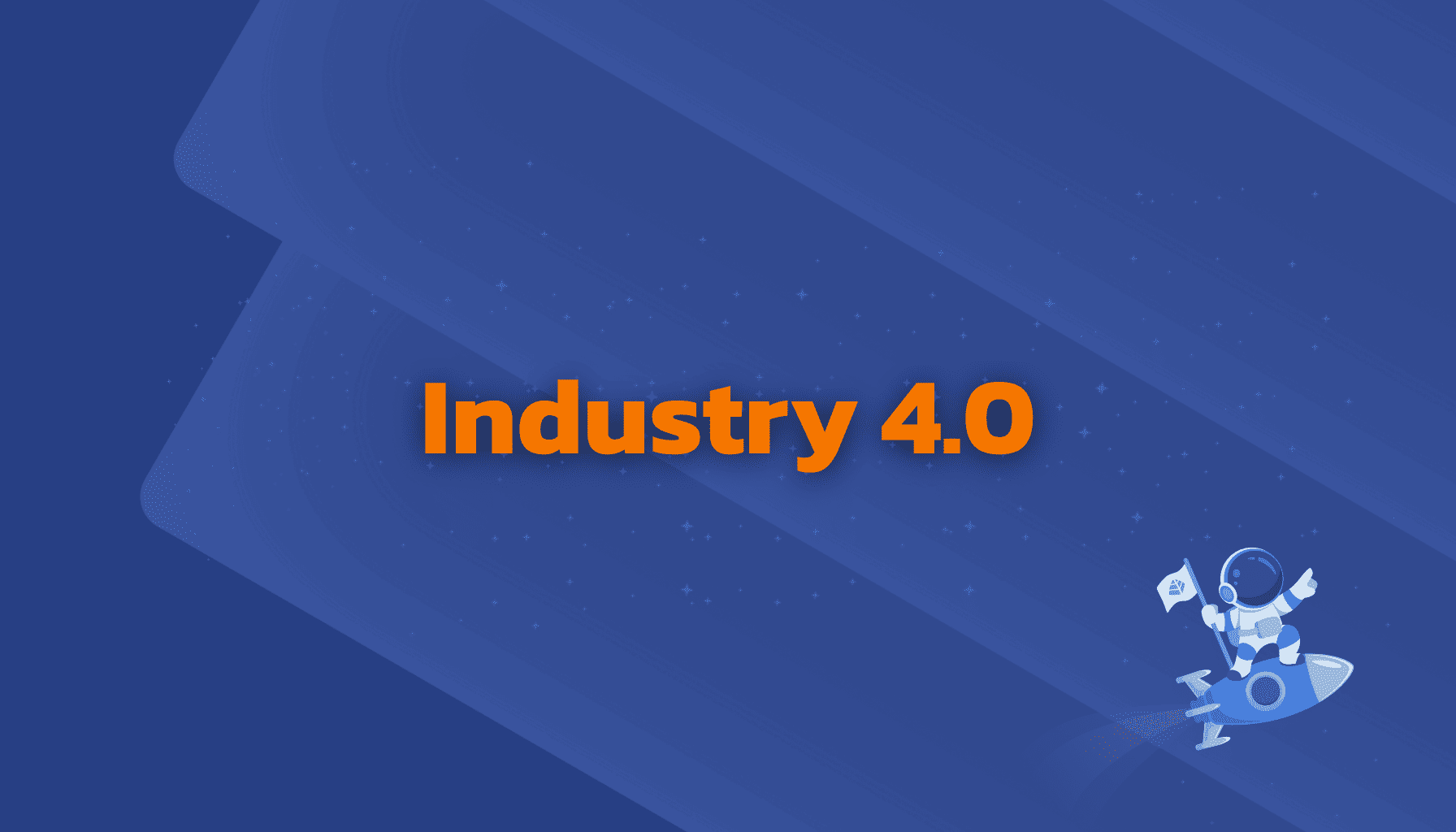The Kaizen philosophy: A guide to continuous improvement

What is Kaizen?
Kaizen is a Japanese term that translates to "change for the better" and describes an ongoing cycle of small, incremental improvements that can have significant impacts on a company's efficiency and effectiveness .
By regularly making small changes, companies can avoid large-scale revisions that can be costly, time-consuming, and potentially disrupt operations. Kaizen is based on the idea that no matter how well something works, there is always room for improvement. The goal of Kaizen is to ensure that employees are constantly looking for ways to improve processes and make them more efficient.
- The Origin of the Kaizen Method
- Principles of the Kaizen Method
- Goals of the Kaizen Method
- Tools and Methods of Kaizen
- Criticism of the Kaizen Philosophy
- Differences and Advantages of Kaizen over Other Management Concepts
Use this guide as an introduction to the world of Kaizen so that you can establish the philosophy of continuous improvement in your production. Let's get started!
The Origin of the Kaizen Method
Kaizen was first introduced as a concept in the 1940s and has since become an essential part of business and management philosophies worldwide. The method originated in post-war Japanese quality circles, with Toyota employees using it to prevent defects in manufacturing.
Masaaki Imai's book: "Kaizen: The Key to Success in Competition", published in 1986, introduced the Kaizen concept to the West, making it a popular business philosophy.
Today, Kaizen is used in a variety of industries, including healthcare , the service sector, education, retail, and hospitality.
In healthcare, Kaizen is used to improve patient safety and satisfaction. In service-based organizations, Kaizen can enhance customer loyalty and satisfaction. In the education and retail sectors, Kaizen helps create efficient classrooms and stores that better serve students and customers. In the hospitality industry, such as restaurants or hotels, Kaizen can enhance customer satisfaction by streamlining processes and increasing efficiency.
Principles of the Kaizen Method
Continuous Improvement
The Kaizen principle of continuous improvement (CIP) focuses on the gradual enhancement of a process, product, or service. This ensures that the organization continually strives to become better and more efficient. By concentrating on making improvements step by step, companies can quickly make significant changes to their operations and improve the quality of the end result.
Continuous improvement enables companies to stay ahead of their competition, create a culture of excellence, and become more successful in their field.
Involve Everyone
This principle encourages all members of an organization to take responsibility. Everyone should feel empowered to improve their individual performance, contribute to the team's success, and be part of the larger goal of continuous improvement.
This principle allows everyone in the organization to participate in improvements, leading to smoother and more efficient operations overall. It also ensures that one person in the company does not bear all the responsibility for success or failure, but that everyone contributes their part.
Understand Customer Needs
Understanding customer needs helps identify areas where improvements are most urgently needed, allowing companies to focus their efforts on delivering value where it will have the greatest impact.
Data-Driven Approaches
Wherever possible, data should be used as the basis for decision-making in organizational changes or improvements. This ensures that decisions are made objectively rather than subjectively, helping different teams or departments within the same company achieve consistent results.
Quality Takes Precedence
The Kaizen philosophy of "quality takes precedence" emphasizes the importance of achieving high quality in all areas of business activity. Quality should be a priority for companies at every stage, from product or service development to customer service and delivery. Companies should strive to ensure that their products meet the highest standards in terms of design, functionality, safety, and reliability.
Quality should not be limited to the end product but should also encompass all processes and systems used in its production. A high level of quality in these areas helps customers have a positive experience working with a company and being satisfied with the results, leading to stronger customer loyalty and repeat business.
Goals of the Kaizen Method
The main goal of the Kaizen method is the continuous improvement of all aspects of a company's operations through incremental changes. This is achieved by identifying problems and improvement opportunities in processes and systems, developing solutions, testing and experimenting with these solutions, and then making necessary adjustments based on feedback from the experiments.
Additionally, Kaizen encourages greater employee involvement in identifying improvement opportunities and developing solutions, leading to increased employee engagement and improved morale, which can positively impact overall company productivity.
Tools and Methods of Kaizen
The 5S Method in the Context of Kaizen
The 5S method is a system of workplace organization that contributes to streamlining processes and increasing efficiency.
It consists of five steps:

- Seiri: Organizing
- Seiton: Orderliness
- Seiso: Cleanliness
- Seiketsu: Personal discipline
- Shitsuke: Discipline
By organizing all materials and equipment needed for the task, it ensures that everything is stored in an orderly manner, avoiding unnecessary clutter. Good cleaning habits enhance safety and quality control by ensuring a clean workspace. Discipline ensures consistency by establishing rules for how tasks should be performed each time they are carried out.
The PDCA Cycle as a Working Philosophy of Kaizen
The PDCA cycle (Plan-Do-Check-Act), also known as the Deming cycle or Shewhart cycle, is a powerful tool for continuous improvement adopted from the Kaizen method. The PDCA cycle stands for Plan, Do, Check, and Act. Each step of the cycle serves as a feedback loop that helps companies refine their processes and achieve their goals. By planning projects in advance and subsequently reviewing the results, organizations can continuously adjust and improve their methods over time to become more efficient and successful.

The "Plan" step in the PDCA cycle involves setting goals, analyzing data, and creating an action plan to solve problems. It allows organizations to identify potential solutions and determine which are most likely to work best.
The "Do" step involves executing the plan and collecting data during the process. This helps companies track their progress and gain additional insights into how their plan is performing in practice.
The "Check" phase focuses on analyzing the collected data, measuring the results against the set goals, and assessing whether improvements have been achieved. This allows organizations to evaluate how well their strategies are working and make adjustments as needed.
The "Act" step involves implementing changes based on the results of the "Check" step. Companies can take corrective actions as needed or reward successful efforts with recognition and rewards for improvements. By constantly repeating this cycle, organizations can ensure that the improvement process never ends and that processes keep pace with changing requirements.
Standardize Do Check Act (SDCA) is an extension of the PDCA cycle. The process follows the same structure as the Plan-Do-Check-Act cycle (PDCA). In SDCA, however, the "Plan" step focuses on standardizing and documenting procedures and processes to ensure consistency of results. After standardizing procedures, companies can use data from the "Check" step to track progress and achieve further improvements by implementing changes in the "Act" step. By regularly applying this cycle, companies can create a culture of continuous improvement within their organization.
Criticism of the Kaizen Philosophy
The Kaizen method has received praise for its focus on continuous improvement, but it is not without its critics. Some argue that the incremental nature of changes promoted by Kaizen can lead to many small improvements but nothing truly revolutionary or groundbreaking.
Others point out that it can be challenging to continue focusing on improvements in the face of everyday business pressures, such as deadlines and customer requirements.
Lastly, some believe that an excessive emphasis on incremental change may cause companies to miss opportunities for more dramatic innovations and transformations.
Differences and Advantages of Kaizen over Other Management Concepts
Kaizen differs from other management methods, such as Six Sigma, in several ways. It focuses on small, incremental improvements in existing processes and systems rather than large-scale overhauls or reengineering.
Kaizen also promotes greater involvement and collaboration at all levels of employees, as opposed to top-down decision-making.
Finally, Kaizen emphasizes taking the time to test and refine solutions, while other methods may be more interested in quickly implementing solutions without considering potential consequences or side effects. Ultimately, Kaizen aims to create a culture of continuous improvement that permeates all aspects of the company.
Transform Your Kaizen Journey with Symestic’s Data-Driven Solutions
Kaizen thrives on continuous, incremental improvements – but without the right tools, identifying opportunities and measuring progress can be challenging. This is where Symestic’s SaaS solutions bridge the gap. Our platforms, designed for modern manufacturing, empower you to:
-
Track & Optimize OEE (Overall Equipment Effectiveness): Gain real-time insights into equipment performance, downtime, and quality metrics to pinpoint inefficiencies.
-
Implement MES (Manufacturing Execution Systems): Streamline workflows, reduce waste, and standardize processes with data-driven decision-making.
-
Automate Production Metrics: Turn Kaizen ideas into actionable results by monitoring KPIs like cycle time, defect rates, and throughput.
Why Symestic?
✅ Seamless Integration: Our tools align with Kaizen principles, enabling small, daily improvements at scale.
✅ Empower Teams: Equip employees with intuitive dashboards to identify bottlenecks and suggest improvements.
✅ Proven Results: Companies using Symestic achieve 15–30% efficiency gains within 6 months.
🚀 Ready to Elevate Your Kaizen Culture?
Book a Free Demo Today and see how Symestic transforms continuous improvement from theory to measurable success.





